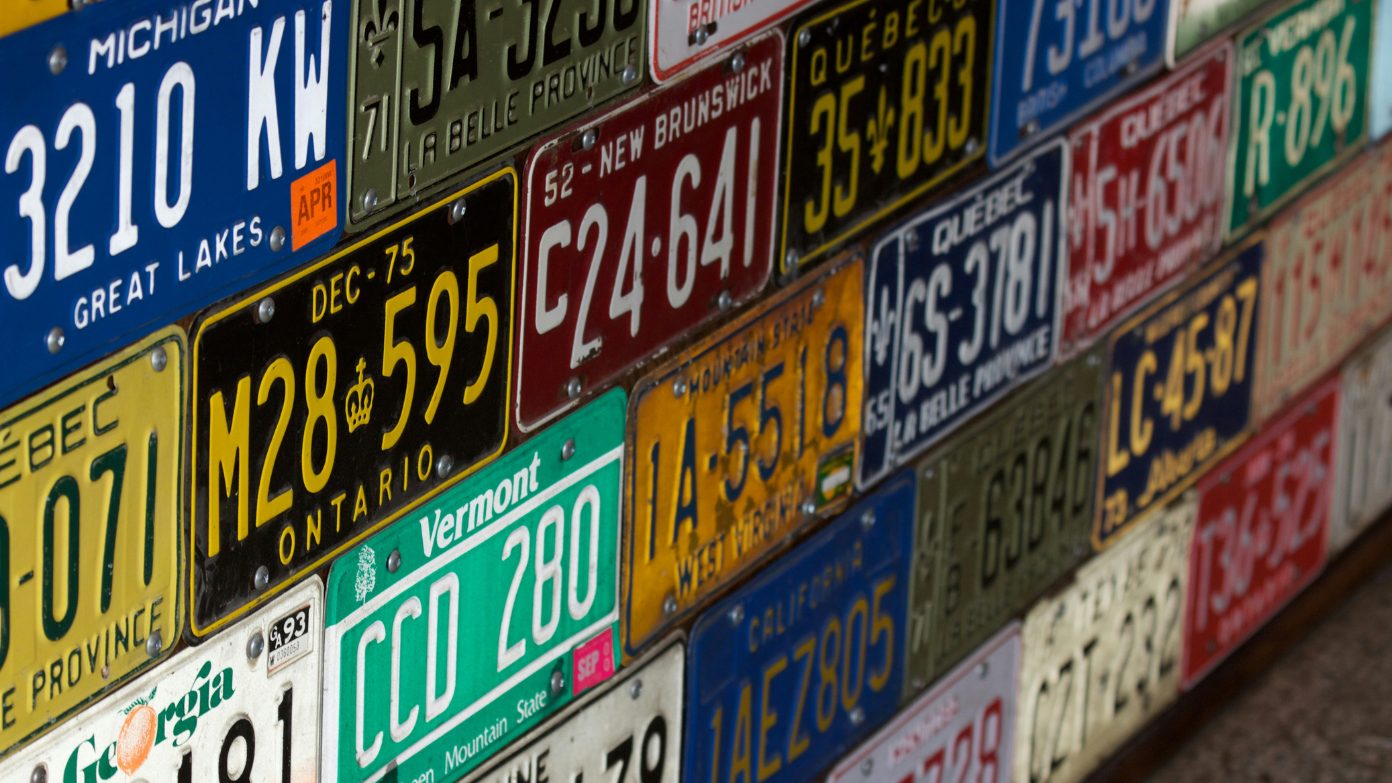Since January 1, 2025, California’s Senate Bill 1100 (SB 1100) revises the Fair Employment and Housing Act (FEHA) to ban employers from asking for driver’s licenses on job advertisements or applications unless under certain circumstances. This landmark bill seeks to dismantle transport-related impediments among workers who are dependent on alternative means of travel, including public transportation, ride-hailing, biking, or walking. By curbing the capacity of employers from requiring driver’s licenses, the bill fosters more balanced access to employment opportunities for already disadvantaged groups. These include individuals of low incomes, people with disabilities, and licensees whose licenses have been suspended.
Provisions of SB 1100
The revised FEHA institutes a two-prong test that employers must meet prior to asking for a driver’s license. The employer must first reasonably anticipate that driving is a substantial job requirement. Second, they must show that alternative means of transportation-based ride-sharing, taxiing, carpooling, biking, or walking-would not also satisfy the demands of the job in terms of travel time or expense. For instance, a delivery driver’s job could continue to necessitate a license if driving for Uber to deliver would severely impede business or enhance costs.
This reform expands current FEHA protections, earlier forbid discrimination against non-traditional permit holders (such as AB 60 permits to undocumented residents). SB 1100 extends the protections to unlicensed individuals, closing systemic loopholes to those who cannot afford car ownership or are legally barred from driving due to disabilities.
Jobs not impacted by the new rule
Some occupations are exempted under SB 1100 provisions. Occupations that require driving as part of the job-take taxi drivers, bus drivers, delivery personnel, and first responders-are still under licensure. Employers need to be able to demonstrate that other means of transport can’t reasonably serve in place of driving in such occupations. For example, paramedics responding to emergencies can’t use ride-hailing because it’s a risk to slow down response times, so a driver’s license is required.
Other exceptions are attendants at parking lots, trash collection, and heavy equipment operation jobs. The employers must consider very seriously whether driving is incidental or integral to the duties of a job. A salesperson, for instance, who occasionally calls on customers might take public transit for most trips, making a license unessential.
Impact on employers
California companies need to reword hiring forms to meet SB 1100. Notices to hire, applications, and job postings with blanket driver’s license requirements need to be revised to state the two-part test. Employers in Los Angeles County also have other requirements under the Fair Chance Ordinance, which may govern solicitations for employment and advertisements.
Noncompliance could lead to a lawsuit, such as claims of discrimination under FEHA. Employers are urged to review existing job descriptions and drop extraneous license requirements that could screen out capable candidates. For instance, a warehouse job description focusing on inventory management may not require driving, although occasional errands are necessary.
SB 1100 most directly helps non-drivers, most notably those historically excluded by transportation disparities. Low-income citizens, who make up 20% of California’s non-driving public, frequently cannot pay for car ownership or insurance. Likewise, the visually impaired and others with disabilities receive access to jobs that were previously closed to them as a result of licensing requirements.
The law also helps employees whose licenses are suspended temporarily to gain income vital in the resolution of legal or financial issues. By targeting skill-based employment instead of transport access, SB 1100 develops an integrated labor market.
Read more: Not quite the gift it seemed – the truth behind Qatar’s Boeing 747 it has offered to President Donald Trump
Read more: Full transcript of Donald Trump’s victory speech in US Election 2024: here’s what the 47th president of the United States said

